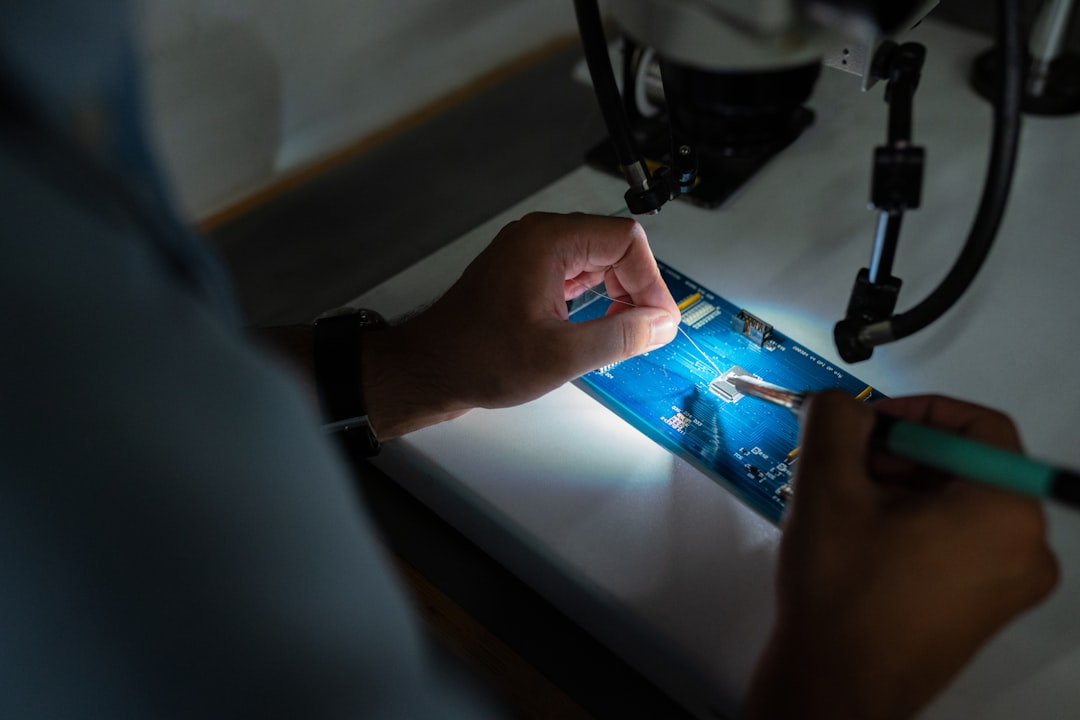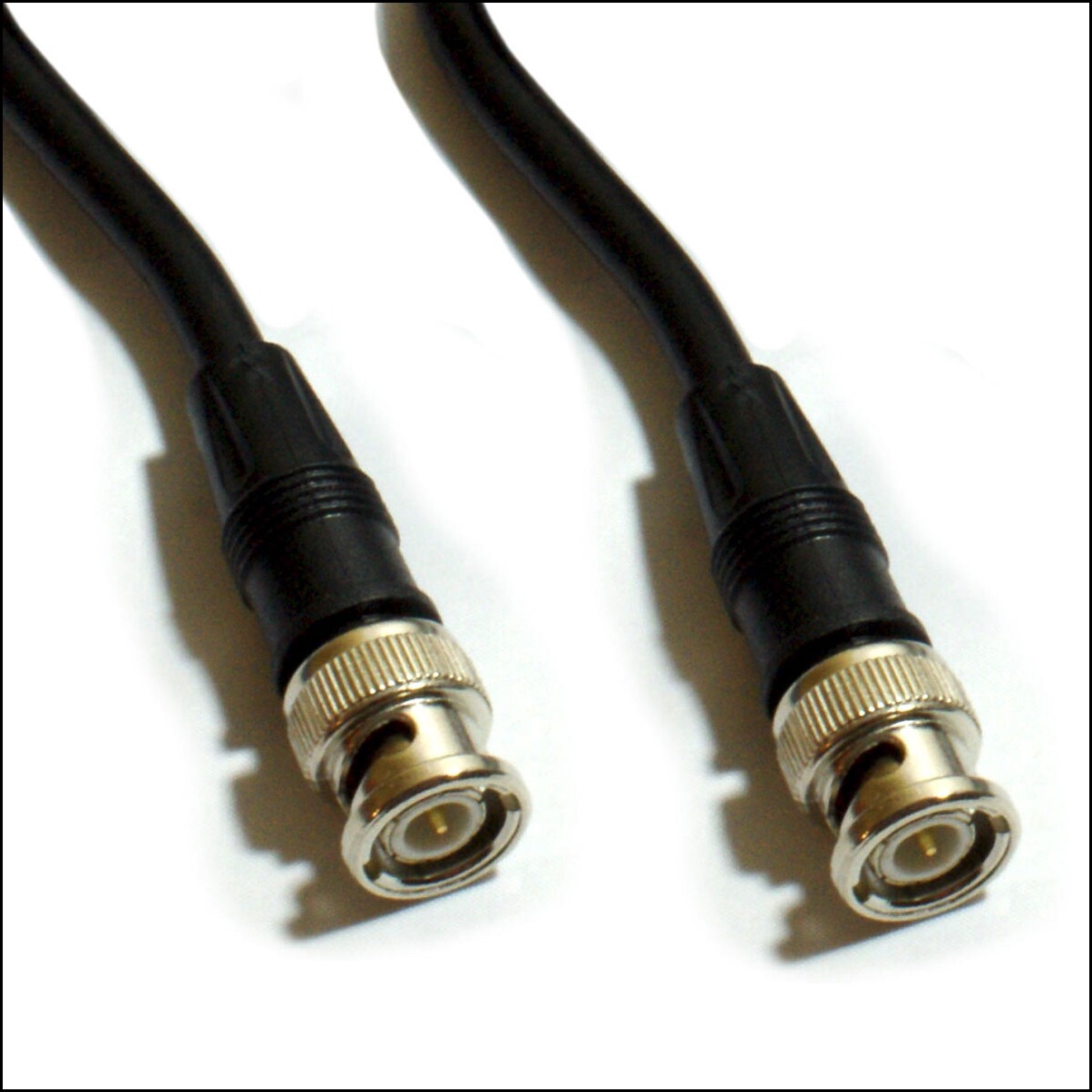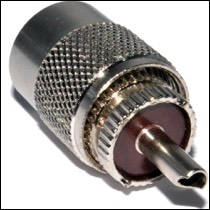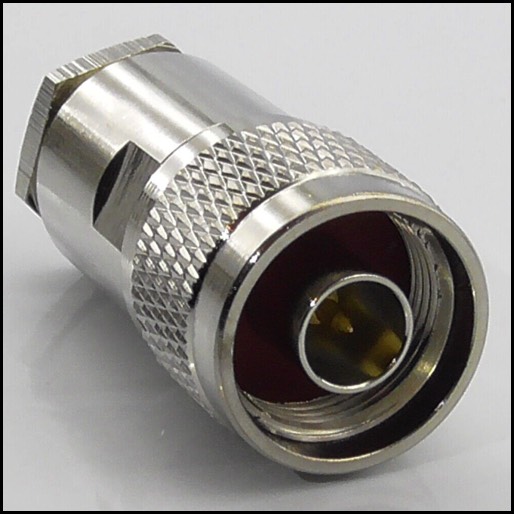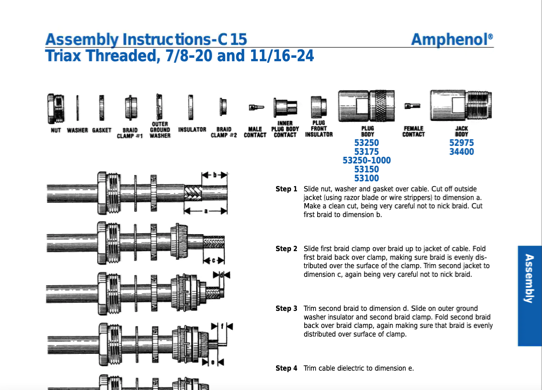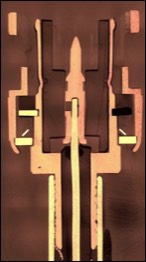Here are the steps to attach a coaxial cable to a BNC connector:Strip the outer insulation of the coaxial cable: Use a wire stripper or a sharp knife to carefully strip about 1 inch (2.5 cm) of the outer insulation from the end of the coaxial cable. Be careful not to cut the inner conductor or the shielding.
Expose the inner conductor: After stripping the outer insulation, you will see a thin layer of braided shielding around the inner conductor. Use a pair of wire strippers to carefully remove about 1/4 inch (6 mm) of the shielding to expose the inner conductor.
Trim the inner conductor: Once you have exposed the inner conductor, use wire cutters or scissors to trim the inner conductor so that it extends about 1/8 inch (3 mm) beyond the shielding.
Insert the cable into the BNC connector: Slide the BNC connector over the end of the coaxial cable so that the inner conductor fits into the center pin of the connector and the shielding fits around the outer shell of the connector.
Crimp or solder the BNC connector: Depending on the type of BNC connector you are using, you will either need to crimp the connector onto the cable or solder it in place. Follow the manufacturer's instructions for crimping or soldering the connector.
Test the connection: Once you have attached the BNC connector to the coaxial cable, test the connection to make sure it is secure and the cable is working properly.
That's it! With these steps, you should be able to successfully attach a coaxial cable to a BNC connector.
